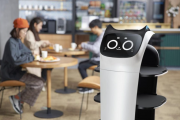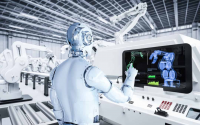Robot Food Delivery Is Here and Growing
Delivery robot technology is growing in popularity, and with good reason. They are efficient, reliable, and can handle a lot of weight. But what about restaurants? Do they need delivery robots to make their business work?
The answer is a little bit complicated. On the one hand, delivery robots can help restaurants save on costs. For instance, imagine a restaurant has to pay someone to deliver food.
With a delivery robot, the robot does the delivery itself – meaning the restaurant doesn’t have to pay anyone extra.
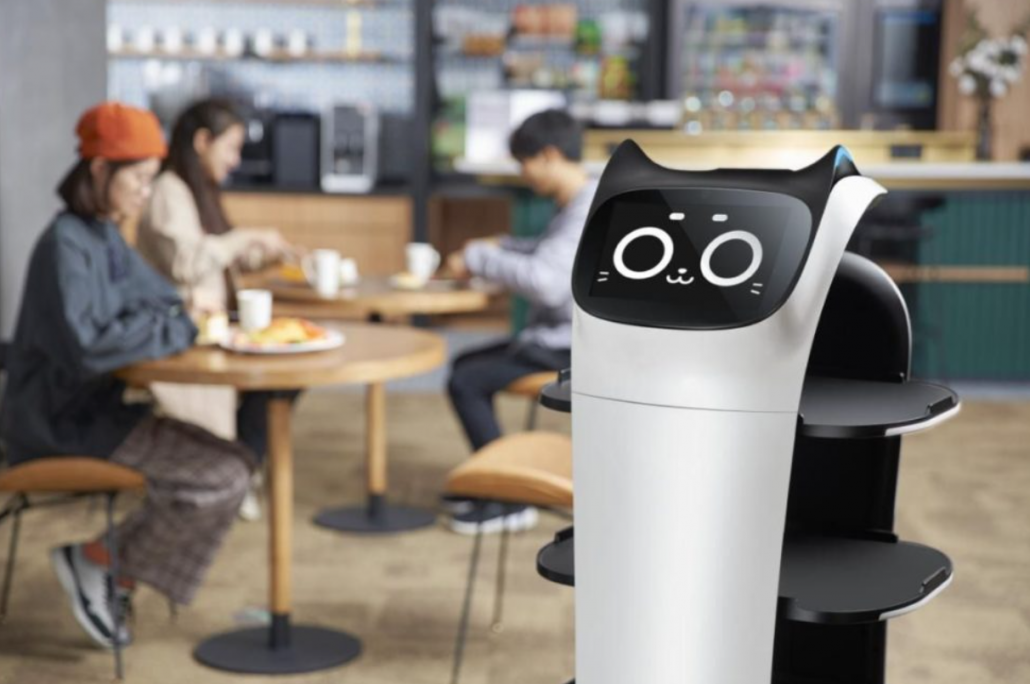
On the other hand, some people argue that delivery robots might actually reduce demand for restaurant meals because they take away jobs from human employees.
Delivery robots don’t usually interact with customers, so it might be hard for them to replace the kind of customer service that restaurants offer.
What Are Restaurant Delivery Robots?
Restaurant delivery robots are machines that help restaurants deliver food to customers. They are often used for deliveries that are difficult or dangerous for human workers to make, such as in high-up or narrow spaces.
Delivery robots can be either self-driving or driven by a human operator. Self-driving delivery robots are usually more expensive to buy and operate than those driven by human operators, but they may be more efficient because they don’t require as much supervision.
Delivery robots have been around for a while, but their popularity is growing because they’re faster and more efficient than human delivery workers. In some cases, they can even save the restaurant money because they don’t need to be paid as much as human workers.
How Do Restaurant Delivery Robots Work?
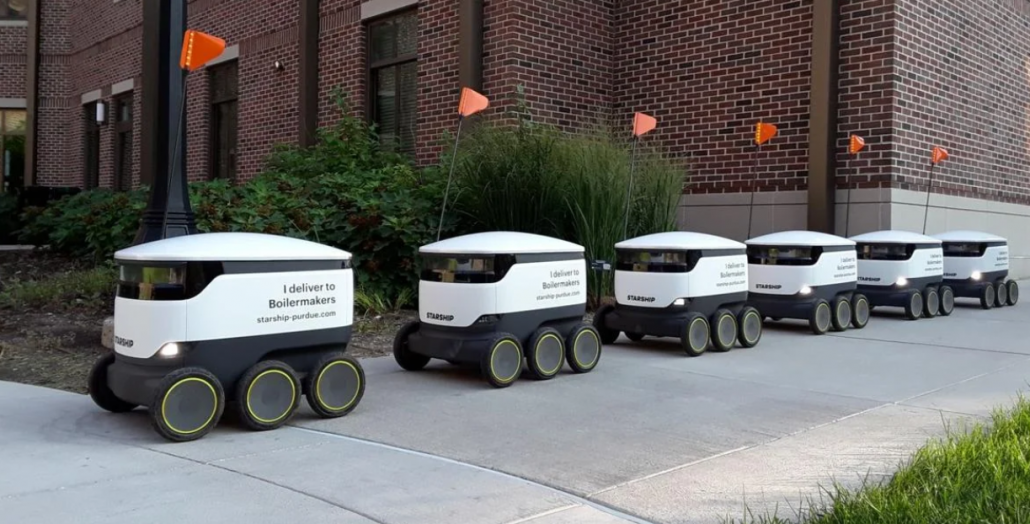
Delivery robots are small, electric machines that help restaurants with their food delivery. They are typically tall and thin, and have a wheel on each side.
The robots use sensors to navigate their way around, and they often have a camera so that they can see what they’re doing. They can also hold a lot of weight, which is useful when it comes to carrying food.
The first delivery robot was invented in the early 2000s. At the time, there was no good way to get food from one place to another.
Delivery robots solved this problem by allowing restaurants to bypass human labor. They became popular in the restaurant industry, and now they are used in a variety of places, including hotels, hospitals, and stores.
Delivery robots are not just for restaurants. In recent years, they have been used in manufacturing as well. For example, factories use them to transport parts between different parts of the factory. Delivery robots also have a lot of potential in the Commercial Drone industry.
What Are The Benefits Of Using A Restaurant Delivery Robot?
When you think of a restaurant delivery robot, what probably comes to mind are creepy, spider-like machines that scuttle around your kitchen like they’re on a mission.
But this isn’t the only type of restaurant delivery robot available on the market! In fact, several types of robots can help restaurants speed up their food delivery process by reducing the workload of human workers.
So what are the benefits of using a restaurant delivery robot? Here are five reasons why you should consider investing in one:
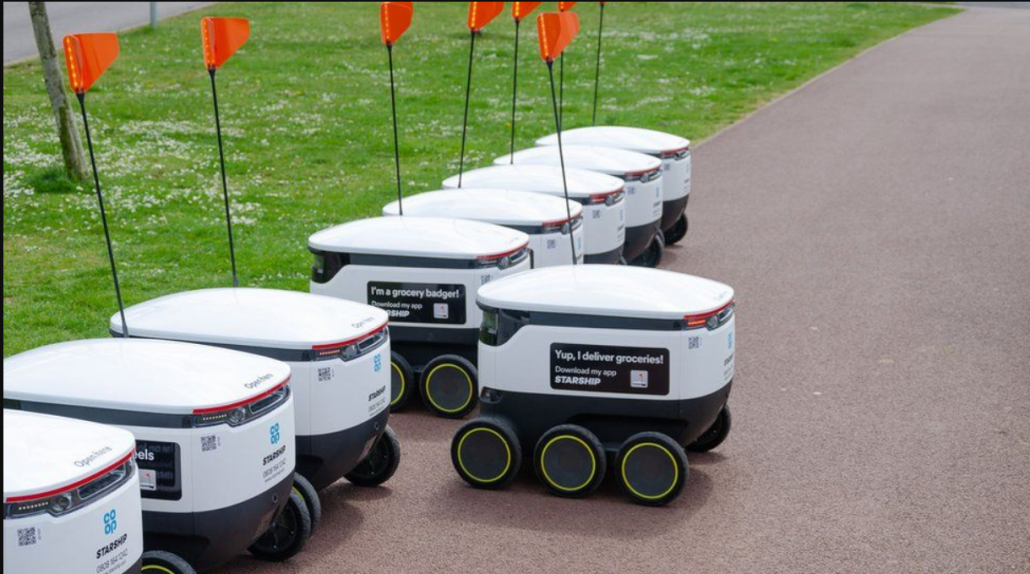
1. Speed:
Delivery robots can move quickly and smoothly through tight spaces, making them ideal for busy restaurants that need to get food to customers as fast as possible.
2. Efficiency:
By automating some of the tasks involved in food delivery, robots can free up employees to do other jobs, which can lead to increased efficiency and productivity.
3. Accuracy:
Robots aren’t liable to make mistakes like human workers can, which means that your food will always be delivered to the correct location without any errors.
4. Reduced Costs:
Restaurant delivery robots don’t require minimum wage or overtime pay, meaning that they’re less expensive than traditional methods of food delivery.
What are the disadvantages of using a restaurant delivery robot?
There are a few disadvantages to using a restaurant delivery robot. First and foremost, delivery robots can be expensive to operate, so businesses may not be able to justify the expense without seeing significant benefits.
Additionally, they can be difficult to program, making them difficult to use and error-prone. Finally, they can be cumbersome and slow-moving, making them less desirable for busy restaurants.
Conclusion
Restaurant delivery robots are becoming more popular by the day and for good reason. They make deliveries faster and easier than ever before, without any of the hassles that come with walking or biking. Plus, they’re environmentally friendly — no more parking lots full of cars! If you’re looking to take your business to the next level, then you need to consider adopting a restaurant delivery robot as your go-to mode of transportation.

